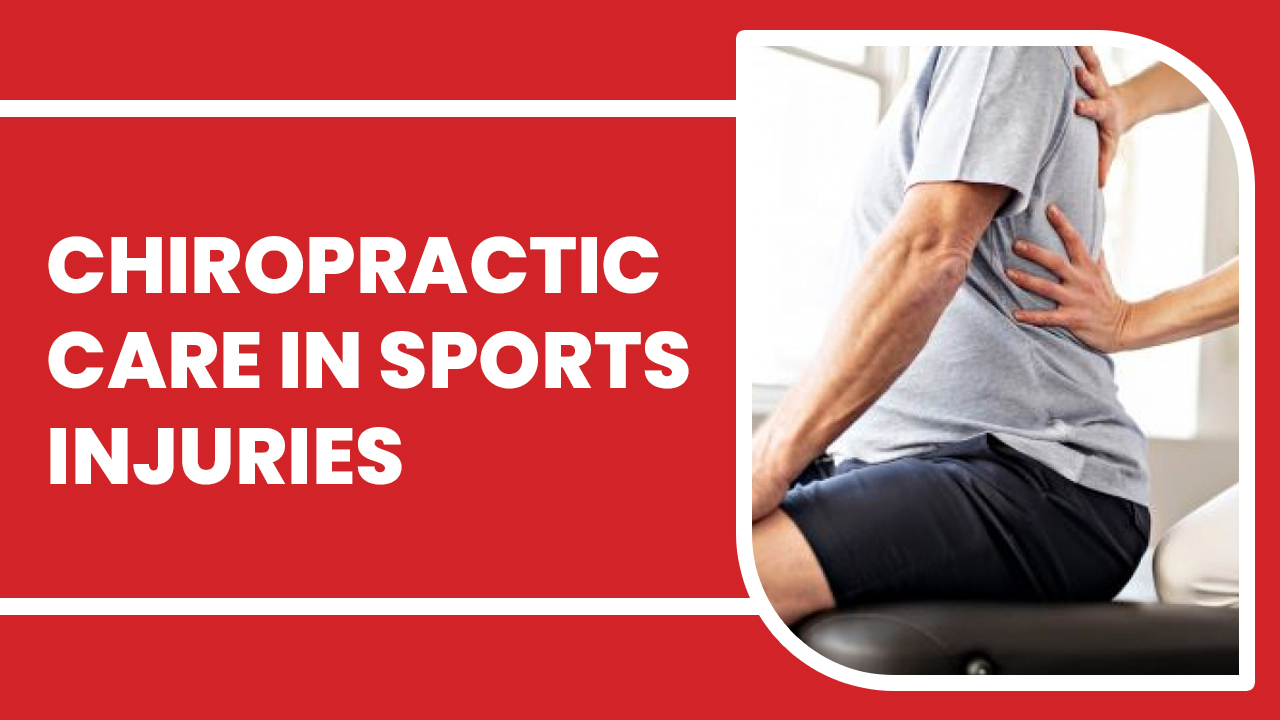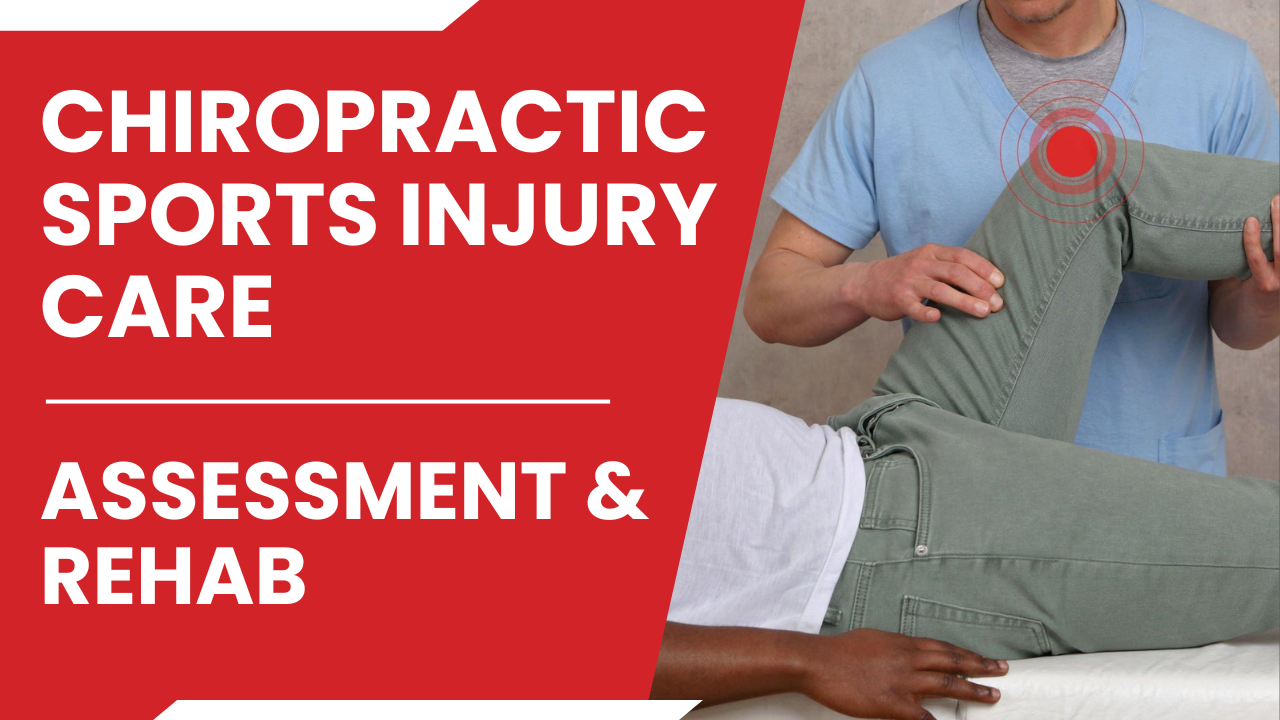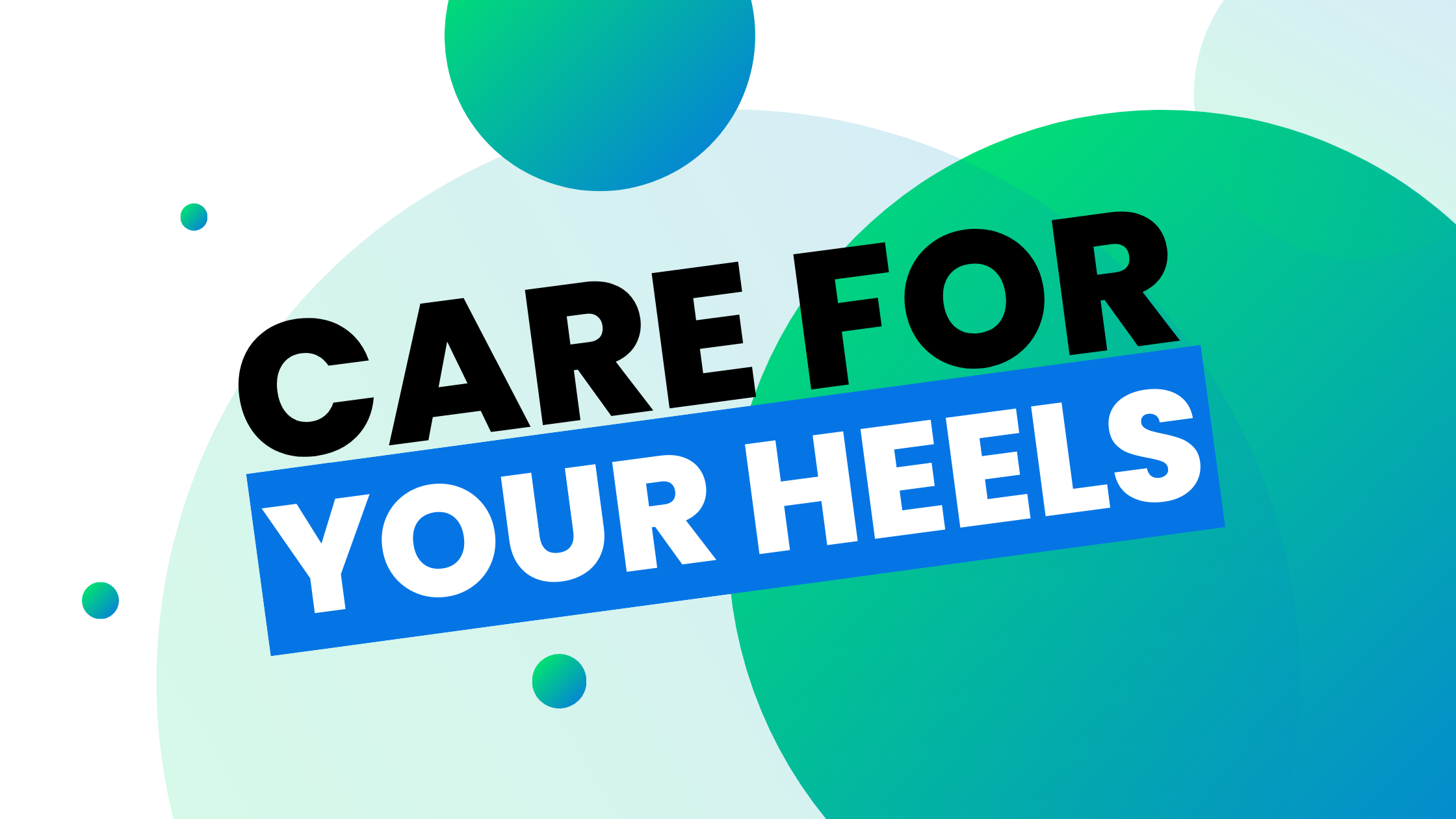Chiropractic Care In Sports Injuries

Chiropractic care in Sports Injuries plays a crucial role in the comprehensive management of sports injuries, providing athletes with effective assessment, rehabilitation, and preventive strategies. This article explores the significance of chiropractic intervention in the context of sports-related injuries, emphasizing the holistic approach to recovery.
Chiropractic Sports Injury Care: Assessment & Rehab

In sports and physical activity, injuries are an unfortunate but common occurrence. Athletes, whether professional or amateur, often find themselves grappling with various types of injuries that can impede their performance and hinder their overall well-being. Chiropractic care has emerged as a pivotal player in sports injury assessment and rehabilitation, offering athletes a holistic approach […]
Get Your Good Sleep

3 Habits That’ll Get You Good Sleep

Sick of tossing and turning at night? Getting quality sleep is essential for one’s overall health and well-being. But sometimes, work, stress and poor lifestyle habits get in the way. Studies show that poor sleep induces long-term effects on health. These include memory issues, weight gain and high blood pressure. That said, quality sleep should […]
Care for Your Heels

Care for Your Heels: Learning How to Treat Plantar Fasciitis

Are you experiencing stabbing pain in the bottom of your heel? If yes, you may be experiencing Plantar Fasciitis Having Plantar Fasciitis can literally be quite a pain in daily life. A simple activity such as walking to work may prove hard to do so with this condition. Plantar Fasciitis typically happens to adults aged […]
Eat Your Greens

Insanely Easy Way To Add Years To Life: Eat Your Greens

Here comes March, and in the blink of an eye, it’s already National Nutrition Month! It’s the best time to revisit our eating routine. We’ve been busy with all sorts of things, enjoying the warm weather and waiting for spring (or summer), but when it comes to eating, we tend to lose focus. […]
Keep Your Heart Pumping!

Love Your Heart: Keep It Pumping

What would happen if your heart suddenly stops beating? Now, that’s not a happy thought but… since it is Heart Health Month we want to give you some tips to keep your heart healthy and live a very long, healthy and happy life. Let’s fight heart disease together! This Heart Health Month is dedicated […]
